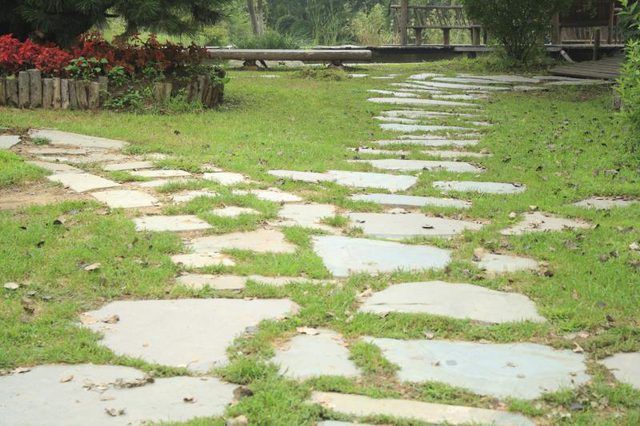Bulbs
Flower Basics
Flower Beds & Specialty Gardens
Flower Garden
Garden Furniture
Garden Gnomes
Garden Seeds
Garden Sheds
Garden Statues
Garden Tools & Supplies
Gardening Basics
Green & Organic
Groundcovers & Vines
Growing Annuals
Growing Basil
Growing Beans
Growing Berries
Growing Blueberries
Growing Cactus
Growing Corn
Growing Cotton
Growing Edibles
Growing Flowers
Growing Garlic
Growing Grapes
Growing Grass
Growing Herbs
Growing Jasmine
Growing Mint
Growing Mushrooms
Orchids
Growing Peanuts
Growing Perennials
Growing Plants
Growing Rosemary
Growing Roses
Growing Strawberries
Growing Sunflowers
Growing Thyme
Growing Tomatoes
Growing Tulips
Growing Vegetables
Herb Basics
Herb Garden
Indoor Growing
Landscaping Basics
Landscaping Patios
Landscaping Plants
Landscaping Shrubs
Landscaping Trees
Landscaping Walks & Pathways
Lawn Basics
Lawn Maintenance
Lawn Mowers
Lawn Ornaments
Lawn Planting
Lawn Tools
Outdoor Growing
Overall Landscape Planning
Pests, Weeds & Problems
Plant Basics
Rock Garden
Rose Garden
Shrubs
Soil
Specialty Gardens
Trees
Vegetable Garden
Yard Maintenance
How to Grow Grass Between Flagstones
How to Grow Grass Between Flagstones. A flagstone paver path or patio with grass growing between the stones blends the look of living plants with the natural beauty of stone for areas where you want an informal feel. Lawn grasses naturally fill the spaces between the stones if you provide soil, but you can speed the process for more even coverage....

A flagstone paver path or patio with grass growing between the stones blends the look of living plants with the natural beauty of stone for areas where you want an informal feel. Lawn grasses naturally fill the spaces between the stones if you provide soil, but you can speed the process for more even coverage. Ornamental grasses provide another option for stones laid in garden beds or outside of the lawn.
Prepare the Space
Installing the flagstone the right way or preparing the soil between the stones helps ensure the grass will thrive. If you want your existing lawn grass to grow between the flagstones, dig a hole for each flagstone 1 inch deeper than the height of the stone, but make the hole 1 inch wider than the stone on all sides. Lay down a compacted layer of paver sand and set the stone on top. Filling in the space around the edges of the stone, on top any exposed sand, with potting soil or compost provides a rooting zone for the lawn grass to spread into. If you are planting new grass between existing stones, remove the dirt or sand from between the stones and add a 2- to 3-inch-deep layer of potting soil or compost.
Choose the Grass
Regular lawn grass can grow well between the flagstones in a path or patio, but these grasses will require regular mowing and upkeep so they don't become too long and go to seed. Lawn grass readily handles foot traffic so you shouldn't need to replace the grass. If you prefer an ornamental grass just for the spaces between the stones and the site receives shade to partial sun, dwarf mondo grass varieties (Ophiopogon japonicus) provide a suitable option and they grow in U.S. Department of Agriculture plant hardiness zones 7 through 11. This grasslike perennial only grows 3 to 4 inches tall so it rarely requires trimming. It remains green all year and comes in green, almost black and variegated varieties.
Plant and Establish
Seeding the space between the flagstones helps your lawn grass create even coverage over the small joints. Moisten the soil thoroughly and spread enough grass seed to cover the soil, using the same grass variety as in the main lawn. Pressing on the seeds so they have full contact with the soil speeds germination, as does watering once or twice daily so the top 2 inches of soil don't dry out. Most lawn grasses sprout within one week, and are established enough to mow or trim by hand within six weeks. Plant mondo grass transplants between the flagstones at the same depth they were growing at in their nursery pots. Spacing the plants 6 inches apart helps them fill in the spaces quickly. Mondo grass requires twice weekly watering so the top 6 inches of soil remain moist for the first six weeks after planting.
Basic Care
Lawn grasses require the same care as the surrounding lawn. Water once or twice weekly, providing about 1 inch of water at each session, and mow the grass to keep it 2 1/2 inches tall. Mondo grass requires even less care. There's no need to mow, although you can trim back the tops in spring. Water the mondo grass about once a week, providing 1 inch of moisture or enough to keep the top 6 inches of soil evenly moist.